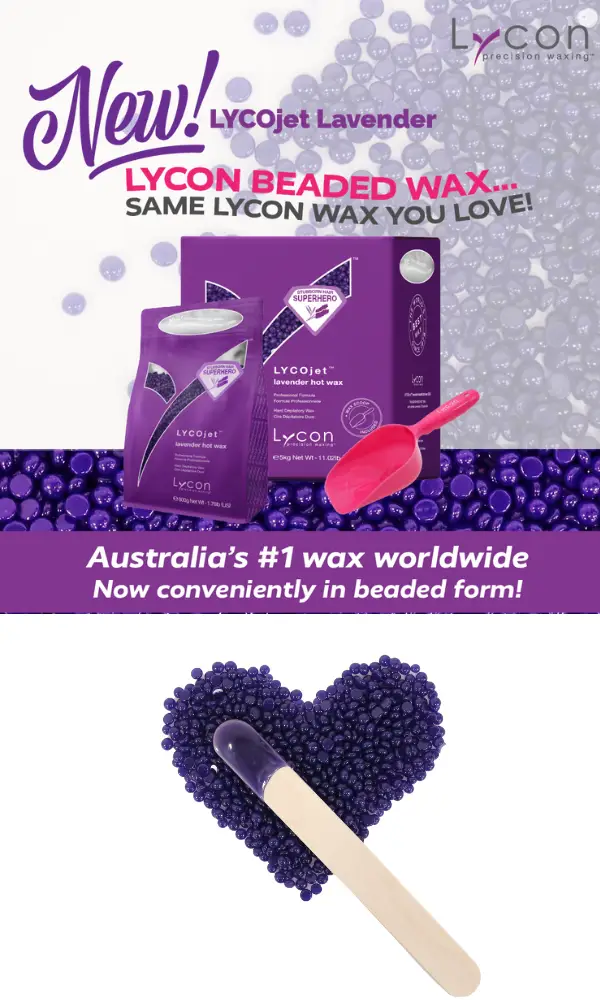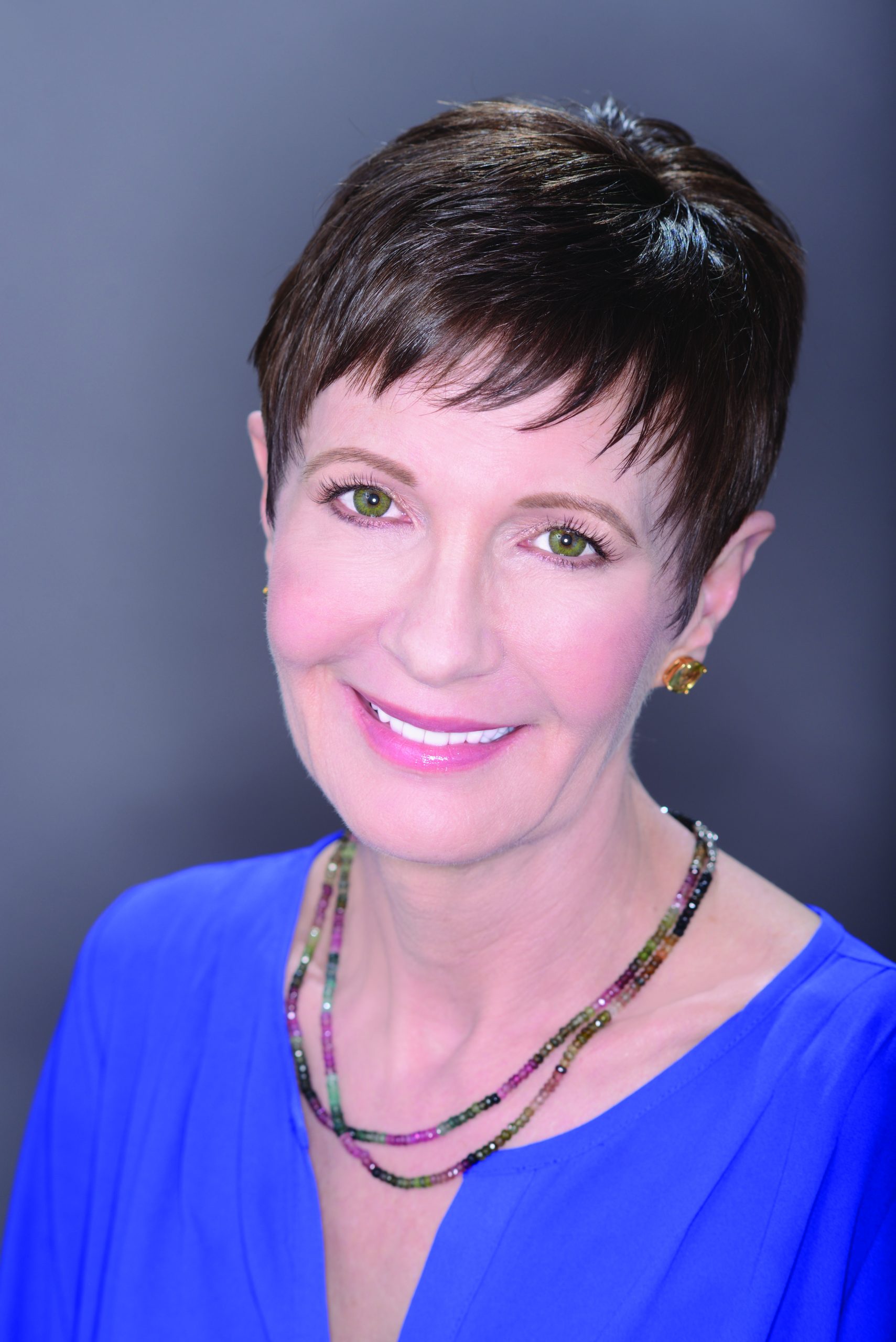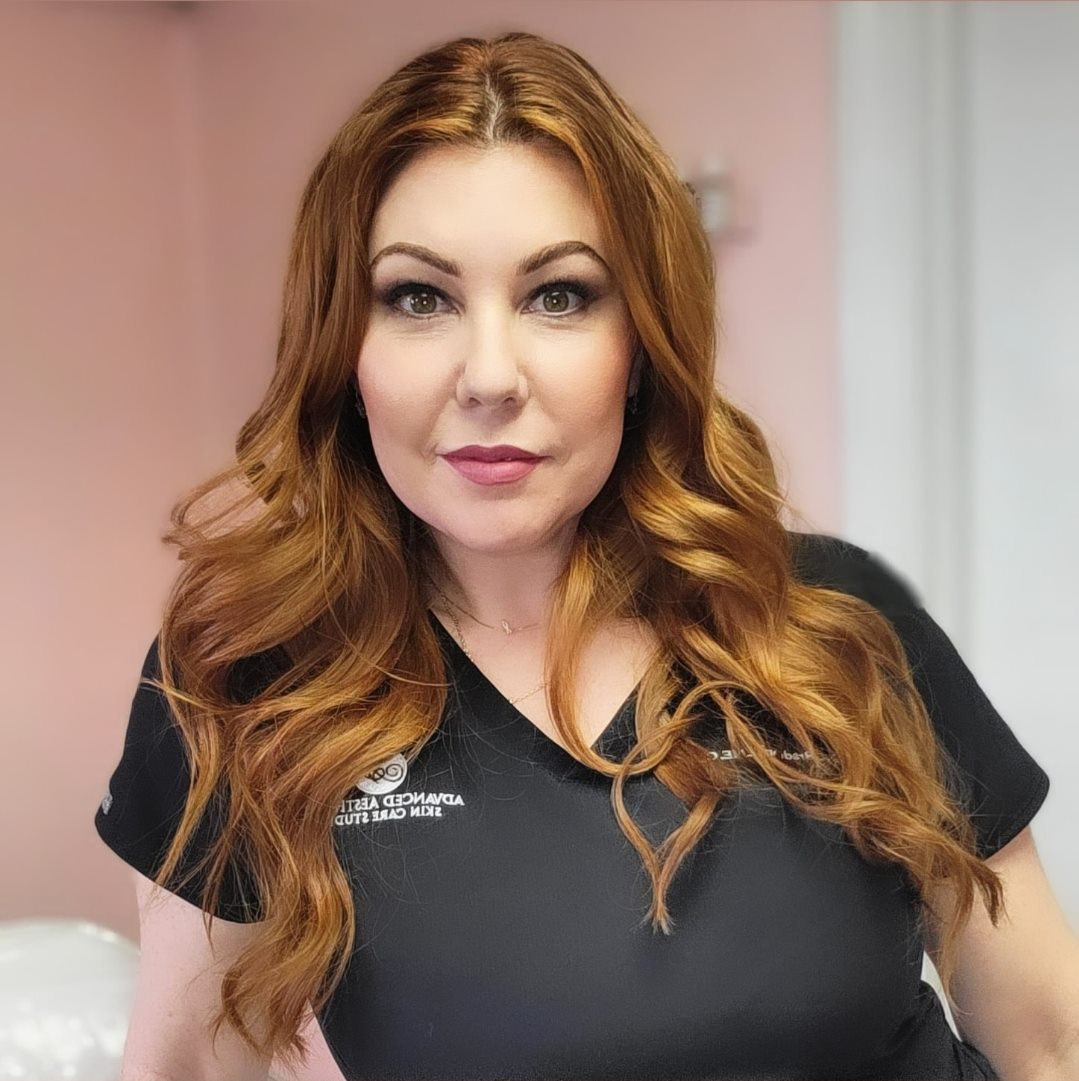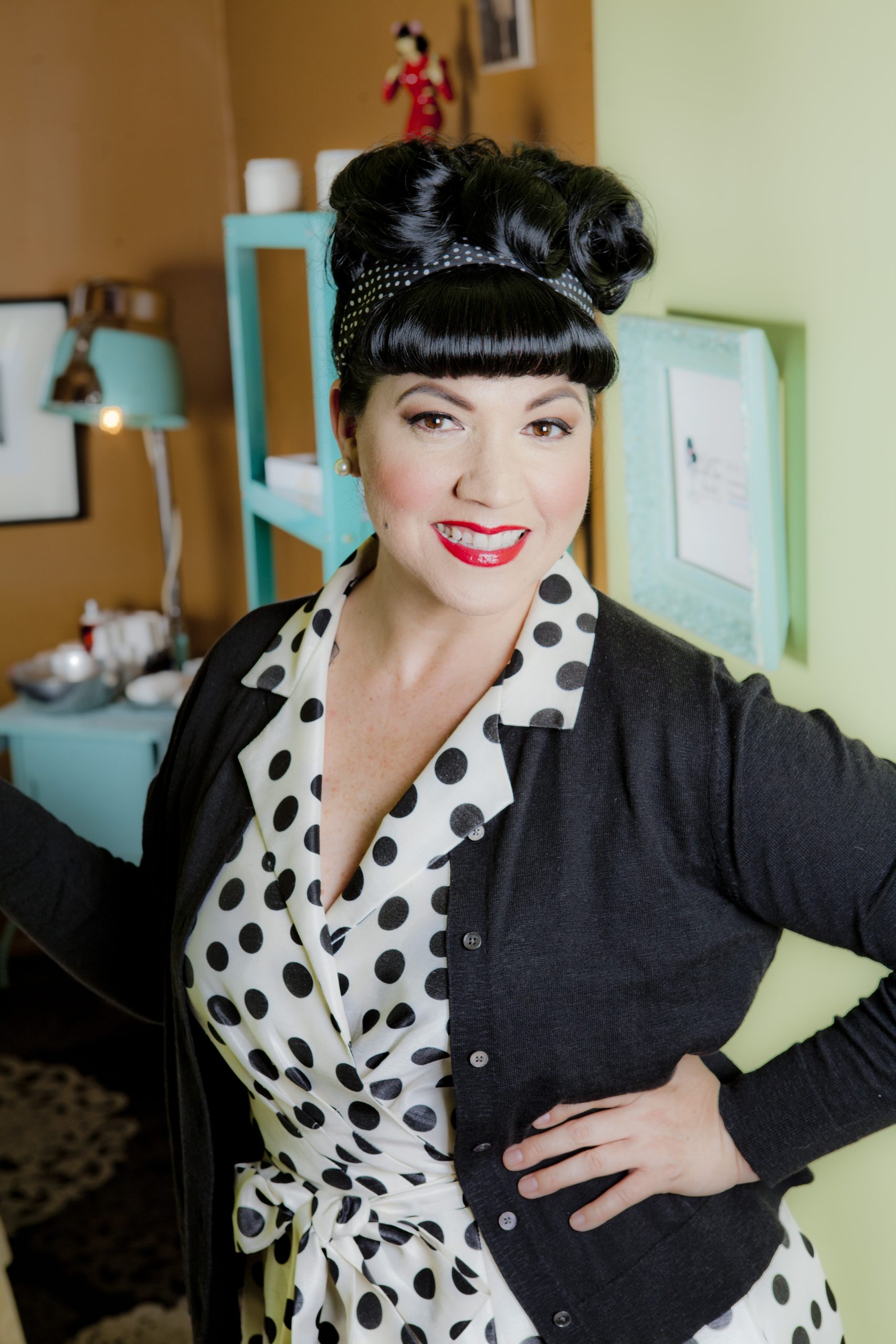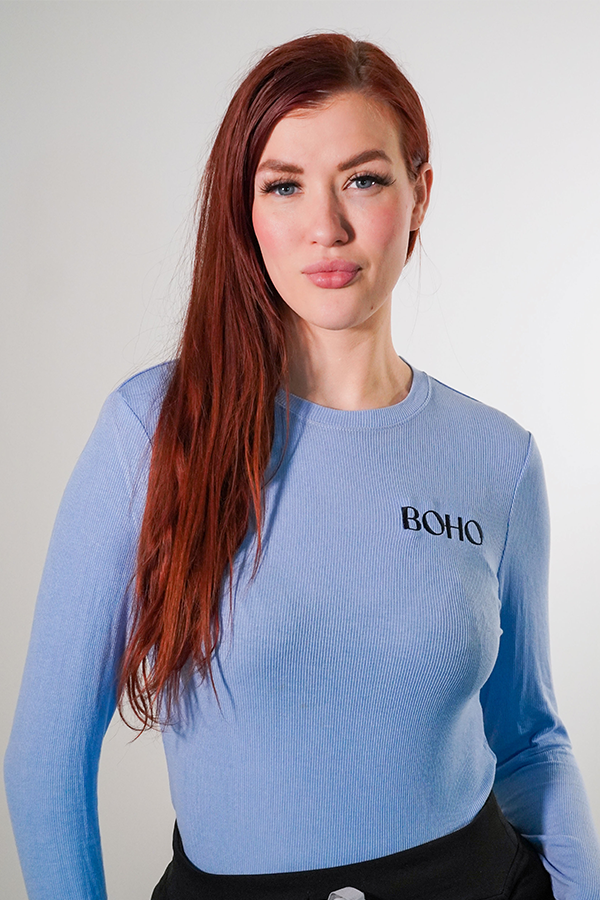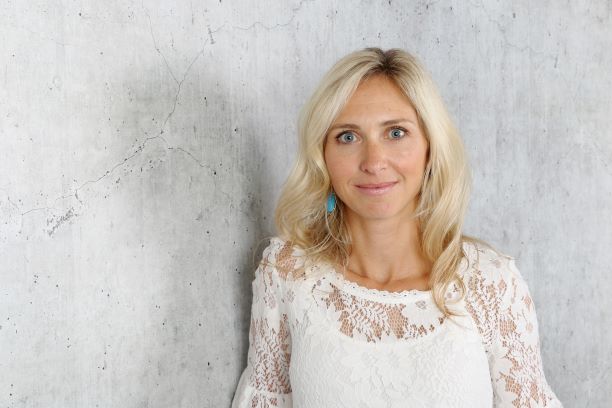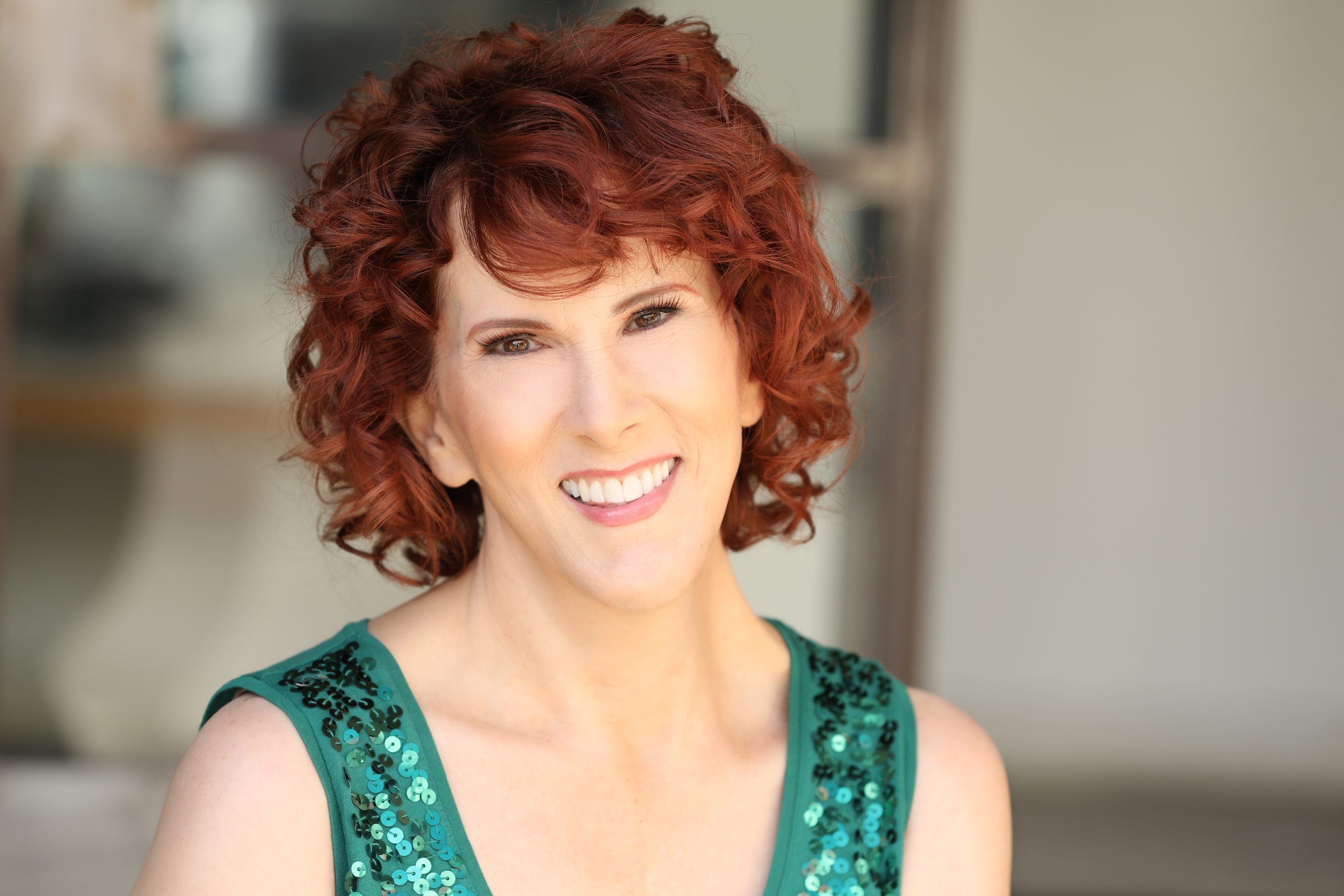-
-
The Ultimate Age Prevention Plan:
Empowering Skin
Sed ut perspiciatis unde omnis iste natus error sit voluptatem, totam rem aperiam, eaque ipsa quae ab illo inventore et quasi architecto beatae vitae dicta sunt explicabo. -
Lose the Offense & Deepen the Trust:
Consultation for Dark Skin
Sed ut perspiciatis unde omnis iste natus error sit voluptatem, totam rem aperiam, eaque ipsa quae ab illo inventore et quasi architecto beatae vitae dicta sunt explicabo.
Winners of the 2022 Aestheticians' Choice Awards
New Monthly Columns
More New Articles
Skin care is at over $100 billion in market opportunity, and there have been a few trends at the forefront of the industry’s momentum – the topic of sustainability and the notion of natural or clean, meaning better for people and the planet. Consumers have come to believe that natural ingredients don’t pollute the environment and have the added benefit of being less harmful or harsh to their skin and bodies. What is indisputable is that all industries are responsible for the impact they bear on the environment and the planet, and the beauty industry is not unique.
ENVIRONMENTAL CONCERNS
According to the latest reports from Zero Waste Week, beauty packaging amounts to 120 billion units every year. That includes plastic, paper, glass, and metals, all of which end up in landfills year after year. Aside from packaging, there aremany botanical ingredients with incredible skin benefits whose high demand by brands and manufacturers has caused a strain on the supply. One example is bakuchiol, which comes from the Psoralea corylifolia plant originating in India. A2018 study showed it to be similarly efficacious to retinol for aging concerns and therefore, a safer alternative to retinol.
{mprestriction ids="3,4,26,18,6,7,8,9,14,18,43,44"}
While it’s not yet an endangered plant, there are reports of indiscriminate harvesting, and the increasing demand by larger beauty companies will introduce a strain on the supply. The strain is aggravated by the fact that the Psoralea corylifolia plant cannot be domesticated and grown outside of India with modern agricultural methods. The testimonials that shed light on potential indiscriminate collections of the Psoralea corylifolia seeds come from local communities and their indigenous populations where bakuchiol plays a very important antibacterial role and is used for treating diabetes for those indigenous populations.
Other ingredients not widely regarded as rare include sandalwood, rosewood, rosehip, and argan oils. Due to deforestation and fires associated with the clearing of land for palm plantations, consumers are much more aware of the impact on the environment due to its ubiquitous presence in many beauty products.
Cleaner and greener packaging, ingredients, and formulas are emerging quickly. What this really means is that consumers are doing more research into how brands source their products and packaging and will demand transparency, and brands will seek to elevate their consumer product offerings to align with the sustainability goals they have set for themselves and their customers.
CLEANICAL BEAUTY
Sustainability is not all customers demand from the products they purchase though. In addition, consumers also seek efficacy from their products. With the “cleanical” beauty movement emerging over the past few years, brands have started to innovate based on consumers’ perceptions that products with naturally derived ingredients may not be as efficacious and that there could be a balance between a product made of natural or naturally derived ingredients plus clinical efficacy. “The cleanical movement directly addresses this and offers a perfectly balanced alternative focused on plant-based ingredients that are consciously lab formulated. Cleanical beauty entered the industry in line with increasing consumer awareness of ingredients and product efficacy, and brands are recognizing that while consumers want to see real results. They also want to use ingredients they feel are safe and better for the environment.”1
SUSTAINABLE INGREDIENTS
What will enable the beauty industry to achieve the lofty goal of creating a truly sustainable product, inside the bottle and out? Aside from sourcing compostable packaging, post-consumer recycling, and truly recyclable components, there is the challenge of formulating with ingredients that pass the sustainability test, which is easier said than done if formulations rely on rare, hard-to-access botanical ingredients that deliver high potency to beauty products.
Fortunately, there are already promising startups and companies delivering the double promise of clinical efficacy and sustainability. Biotechnology and green chemistry are high-potential solutions to these challenges. Through various platforms using different types of fermentation, such as yeast, bacteria, and even algae, biotechnology is developing processes by which brands can source natural ingredients without touching this precious planet.
Consumer research validates that although brands tend to focus on packaging sustainability, consumers pay attention to the sourcing of ingredients themselves. “Beauty products with natural ingredients are not necessarily better than chemical-based products if the raw material production is unsustainable,”3 states a 2022 consumer study conducted by the Benchmarking Company. In the study, 64% of the surveyed consumers said “sustainability is very important when considering the purchase of a beauty product,” and 74% think that sustainability means a product is “made with ingredients that are renewable, replantable, sustainable.”
There is no area on the planet free from the impact of the destruction of nature. According to the UN Secretary General at the UN Biodiversity Conference - COP15 in December 2022, “Without nature, we have nothing. Without nature, we are nothing. Nature is our life-support system.” Also highlighted is the fact that “unsustainable production and consumption are sending emissions skyrocketing, and [are] degrading [the] land, sea, and air,” and “the loss of nature and biodiversity comes with a steep human cost.”4
Skin care as an industry is estimated to be worth $145 billion by 2028, with a compound annual growth rate of 5.5%. It is imperative that sustainability and innovation in seeking alternative sources of natural ingredients is part of the mission ahead. It is optimistic to see that, aside from biotechnology startups, big beauty is paying attention to the impact that beauty has on the overall environment. With education comes action, and consumers voting with their voices and wallets will propel brands and the industry forward.
References
- What’s trending: Beauty ingredients. Global Cosmetic Industry. (2022, August 31). Retrieved January 24, 2023, from https://www.gcimagazine.com/ingredients/launches-claims/article/22419011/whats-trending-beauty-ingredients
- Cumbers, J. (2022, December 5). How the skincare industry is turning to gene editing in a race against time. Forbes. Retrieved January 24, 2023, from https://www.forbes.com/sites/johncumbers/2022/11/26/how-the-skincare-industry-is-turning-to-gene-editing-in-a-race-against-time/?sh=6982f5723108
- Okafor, J. (2022, November 14). Environmental impact of cosmetics & beauty products. TRVST. Retrieved January 24, 2023, from https://www.trvst.world/sustainable-living/environmental-impact-of-cosmetics/.
{/mprestriction}

Karen Raghavan currently leads brand development, marketing, and public relations at Purissima, a leading, multi-patented health and wellness biotechnology company. She started her career in investment banking at Goldman Sachs in Hong Kong and New York before pivoting to the beauty and wellness industry. Raghavan brings decades of beauty sales, marketing, and international experience from her work in senior leadership roles at major brands, such as Biossance, Benefit Cosmetics, and Estée Lauder. Raghavan has a bachelor’s from Dartmouth College and master’s from Stanford University in East Asian Studies as a recipient of its Center for East Asian Studies (CEAS) Fellowship.
When you work in the service industry, which applies to any job that requires interaction with clients or consumers, you must know how to communicate appropriately. In the beauty industry, you want your clients to understand how to care for themselves. Proper aftercare can ensure you can do your job more effectively. Here are some ways to convey this message to your clients, so they will be more receptive to information and more likely to take your advice.
BREAK IT DOWN
Communicate with your clients in a way that makes it easy for them to understand and follow instructions. Tailor each message to the particular service they are receiving. For example, if your client’s preferred method of hair removal is waxing, you will want to explain the correct protocol for that type of hair removal.
After you wax and cleanse your client’s skin, you can discuss the benefits of each step they can take in their post-wax care, like moisturizing daily. Follow up with your client about what they should avoid, such as going to a sauna and being in the sun, and then explain why.
If you tell your client to avoid the sun without telling them how sensitive their skin is post-wax and how easily it can irritate them, they might not be as likely to listen.1 Ensure you break down the information so your clients understand why they shouldn’t perform specific actions after hair removal.
{mprestriction ids="3,4,26,18,6,7,8,9,14,18,43,44"}
BE EMPATHETIC
Be empathetic with your clients and try to put yourself in their shoes. Before you were a skin care professional, you likely did not understand the reasons behind why you should avoid certain things. Many skin care regimens can contradict one another, so it can be challenging to correct what someone’s mom or grandma told them about how to treat their skin.
Understand that your clients’ situations may be unique to them and listen respectfully to their problems and concerns. If you can identify with your client, you can form a personal connection with them, which will help them trust you more and benefit your business.
Let clients know that your treatment room is a safe space for them to voice their concerns and that you will help them prevent skin issues as much as you can. Use this to teach your clients that self-care is essential to their mental health and how prioritizing it can benefit them.2
It is not uncommon for clients to think their service provider just want their money so empathizing with them can help them understand the benefits of homecare. Teach them that their actions can make a real difference in their skin.
You can only do so much while clients are in your chair. The rest is up to them. Explain the stages of hair growth after removal that apply to their service and what they can do to prevent any skin issues from occurring once they leave the service.
ENCOURAGE QUESTIONS
You must understand what you offer to explain every angle of it fully. When you provide threading services, tell clients not to exfoliate for 24 hours after they get their eyebrows done and explain why.
Be ready to answer any questions they may have about why they should avoid anything you tell them about. For example, tell your clients to avoid hot water for up to two days after laser removal since it can blister their skin.
Encourage your clients to ask you questions about your services, so they feel comfortable and understood. This can help them open to you more and feel more confident in taking your advice and returning to your service. It can also help clear up any confusion your clients may have about how to take care of their skin.3
Clients might wonder why they should treat their skin differently when they get a wax than when they pluck or thread their eyebrows. To understand how to avoid damaging their skin, they need to get correct answers from their skin care professional. Explaining things fully and encouraging questions helps your clients take responsibility for any skin issues they may experience.
COMMUNICATING WITH YOUR CLIENTS
The last thing you want is for clients to blame you when they experience adverse effects from not performing proper aftercare from their service. Use clear and concise communication so you and your clients are on the same page about what they should and should not do after leaving your care.
As service providers, professionals face the challenging task of communicating with clients effectively. When you don’t explain hair removal aftercare to clients properly, you risk blame for any adverse reactions post-service that could have been prevented if the client had understood and followed the rules. Therefore, it is important to pass on simple and clear instructions, offer understanding, and provide a welcoming environment for questions.
References
1. Top 10 recommendations about post waxing care that will definitely help your clients. Beauty Image. (2020, December 2). Retrieved January 23, 2023, from https://www.beautyimageusa.com/blog/top-10-recommendations-about-post-waxing-care-that-will-definitely-help-your-clients/
2. Why self-care isn’t selfish: Gateway addiction rehabilitation. Gateway Foundation. (2021, August 26). Retrieved January 23, 2023, from https://www.gatewayfoundation.org/addiction-blog/why-self-care-isnt-selfish/
3. Communicate with customers. Support for businesses in Australia. (2021, August 4). Retrieved January 23, 2023, from https://business.gov.au/people/customers/communicate-with-customers
{/mprestriction}
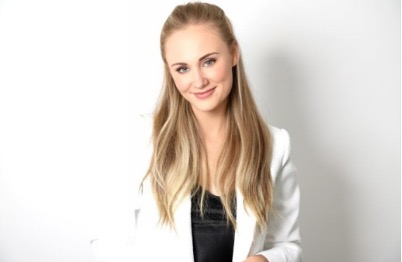
Mia Barnes is a health and wellness freelance writer with over three years’ experience covering beauty and skin care related topics. Barnes is also the founder and editor-in-chief of Body+Mind Magazine, an online wellness publication.
For many years, women have been waxing their intimate areas, but what about men’s intimate areas? In the past, manzilians or brozilians were almost taboo. It was hard for professionals to get Brazilian training, and men weren’t even considered for the service. In some waxing studios, men weren’t even allowed to work as aestheticians, and male clients couldn’t get any service done in that area at all.
During the early years, male intimate waxing was an untapped market, but in 2014, it blew up, got really popular, and remains that way to this day. However, some skin care professionals are afraid to perform this service, and men have sometimes gotten a bad rap. Hopefully, this article can help ease your mind about this service and provide you with some insight that can help you increase your income and clientele.
{mprestriction ids="3,4,26,18,6,7,8,9,14,18,43,44"}
MALE INTIMATE WAXING CONCERNS
Aesthetics is a predominately female field, but as of late, a lot more males have entered the industry, opening so many doors for clients and skin care professionals. The number one complaint from female professionals about male intimate waxing is that they find it uncomfortable when a man gets an erection but that is no reason to stop female professionals from performing the service. It is a normal and quite common bodily reaction that cannot be helped most of the time, and clients are usually apologetic. Although female anatomy is different, women also have similar reactions to this when getting a Brazilian.
Another big complaint from female professionals is that their partners are uncomfortable with them performing intimate male waxing services. This can be countered by asking why their partners are not uncomfortable with them performing a Brazilian on a woman. It is nothing more than a professional service being provided for a client, but if a professional cannot get past this, they probably shouldn’t be performing male intimate waxing as it is their job to make the client comfortable. There must come a point when we don’t differentiate or discriminate services, where everyone can get it.
MALE INTIMATE WAXING PROCEDURE
When providing the actual wax, hard wax tends to be the best option for this area as it has a much lower melting point than soft wax and is gentler with pulling. If you must use soft wax, remember to apply a very thin layer because if it’s too thick and not the right temperature, you will cause bruising and tearing. The shaft of a man’s penis is not as delicate as his scrotum, so this is the area where you have to make sure your strips are the appropriate size – not too big and not too little. A bunch of tiny strips are just as annoying as one big one. Be consistent and efficient in laying your strips and pull skin as taught as possible during removal because it is so delicate. Always remember to apply the wax with the hair growth and remove in the opposite direction.
This service should not be rushed. It is a good idea to allocate at least 30 minutes in the books for it. Start by cleansing the area, and then wax the top and bikini line with medium-sized strips. Once that area is finished, you can wax the penis with smaller strips. Remember to not lay medium or large wax strips on the shaft. From there, move to the scrotum and be sure to pull that skin as taught as possible because it is very delicate. The last area is the buttocks. Never wax over an area more than three times, especially for men as their skin is so much more delicate than women’s when performing intimate waxing. For cleanup, soothe their skin with a nice oil to remove any residue and finish up with a cleanser to avoid blocking pores. Always remember that ingrown hairs happen because of a lack of exfoliation. If skin is too tough for finer, thinner waxed hair to grow through, then it grows under skin, causing it to become ingrown. Recommend exfoliation but no more than two to three times a week as over-exfoliation can cause irritation and damage.
Intimate male waxing can bring in a lot of revenue and consistent clients, but the proper training is vital. There are many videos and training classes that you can utilize to learn. Once confident in your abilities, you may have a new money-making service to add to your spa menu.
{/mprestriction}

Maxie Frericks has been a licensed aesthetician for over 13 years. She owns Maxie’s House of Wax, a waxing studio located in Littleton, a suburb of Denver, Colorado where she currently resides. She is a writer for DERMASCOPE and Skin Inc.. Frericks also teaches waxing workshops and is an educator for Face and Body. Specializing in waxing, Frericks is a trainer for Lycon Wax and teaches waxing workshops nationally. She will also be an upcoming judge at this year’s Skin Games.
When it comes to skin care, lips are often overlooked or tended to as an afterthought. Embrace a full-face of care and give lips the service they deserve. Take these lip tips into consideration for your best pout yet.
AVOID MATTE LIPSTICKS
The first lip tip is to avoid matte lipsticks, especially in the winter. Matte lipsticks are unnecessarily drying and can irritate your skin in the drier months. If you choose to wear matte lipstick, make sure to exfoliate your lips and apply a balm before adding a matte finish. Avoid licking or wetting your lips because it will ultimately end up making them drier.
APPLY NATURAL OIL BEFORE BED
Natural oils are great multi-functional products that people can use on their hair, skin, body, and even lips. It is recommended to use either apricot or coconut oil on the lips to keep them hydrated. Natural oils have long-lasting health benefits that many traditional lip balms do not. Plus, oil can be used to tame frizzy hair, remove makeup, and keep skin soft. Win, win, win!
{mprestriction ids="3,4,26,18,6,7,8,9,14,18,43,44"}
CHOOSE HIGH-QUALITY PRODUCTS
It’s important to know that not all products are created equally, and what you put on your body is just as important as what you put in your body. Make sure to look for clean products made with high-quality ingredients. Avoid lip balms with a wax base because, while they provide temporary relief, they will end up drying your lips out. Also, stick to makeup that will benefit your skin instead of simply masking imperfections.
SPF, SPF, & MORE SPF
People often forget to apply sunscreen, especially in the winter months. However, applying sunscreen is critical year-round. Whether it’s sunny, cloudy, rainy, or even snowing, make sure to apply sunscreen multiple times during the day and especially on the lips. Try a lip balm with sun protection factor or buy a tinted sunscreen to help you remember.
EXFOLIATE WITH A SUGAR SCRUB
Exfoliating is critical in keeping your lips happy this winter. Not only does it remove dead skin so new cells can grow, but it also keeps your skin soft. Mix two tablespoons of sugar with one tablespoon of coconut oil to create a DIY sugar scrub at home. Follow this with a heavy balm or oil to help the new cells lock in moisture.
HYDRATE YOUR LIPS & YOURSELF
The top tip this season is to hydrate yourself inside to help your skin and lips thrive on the outside. If you’re someone who struggles with drinking water, fill up a water bottle and add herbal tea bags for extra flavor to keep yourself hydrated.
USE VITAMIN E
Vitamin E is a great supplement to keep your lips hydrated and protect your skin’s natural barrier. Look for lip products that include this ingredient.
ALWAYS CARRY A LIP BALM
Always have your favorite lip balm with you. Keep one in your car, your purse, and your bathroom so you can easily reapply it throughout your busy day. Using one with a slight tint can remind you when you need to reapply, but there are many options to choose from.
KEEP YOUR LIPS CLEAN
When you take your makeup off at the end of the day, make sure to care for your lips, too. Wash them with oil to remove all the dirt and debris that accumulates on skin during the day.
DOUBLE UP WHEN YOU SLEEP
After removing your makeup and cleaning your lips, make sure to apply either a heavy balm, a lip mask, or oil before bed. Your skin will absorb the moisture during the night, and you will wake up with hydrated, luscious lips.
During the winter months especially, your lips get dry frequently. Combat this and other lip concerns with the best tips for lip care.
{/mprestriction}

Christina Flach is a celebrity makeup artist, entrepreneur, and philanthropist who founded Pretty Girl Makeup and is working on a new cosmetics line for men and women. She has an extensive clientele consisting of notable celebrities, big-name brands, and designers. Flach believes in the importance of inner beauty, wellness, nutrition, and manifestation. She is also featured on NBC’s California Live as an On-air Beauty Expert and an outspoken advocate for Sepsis Awareness and education.
